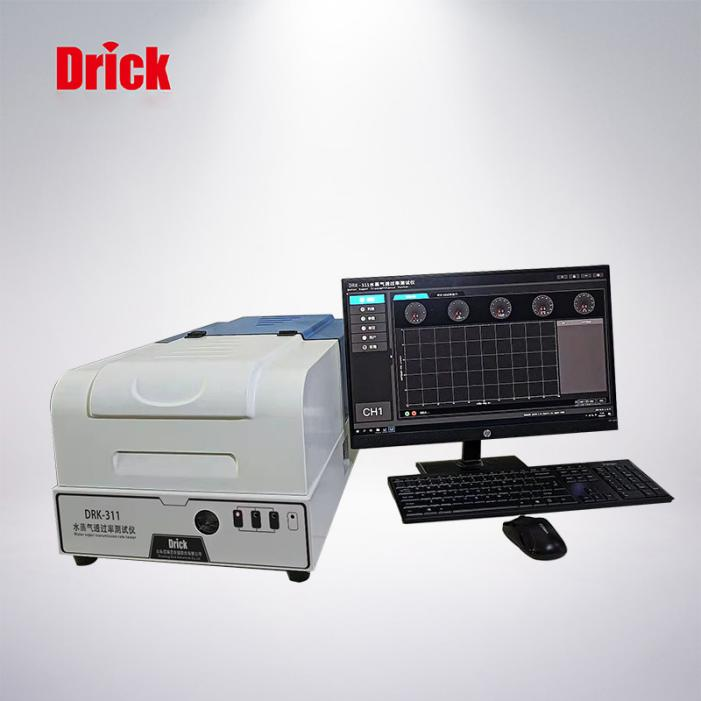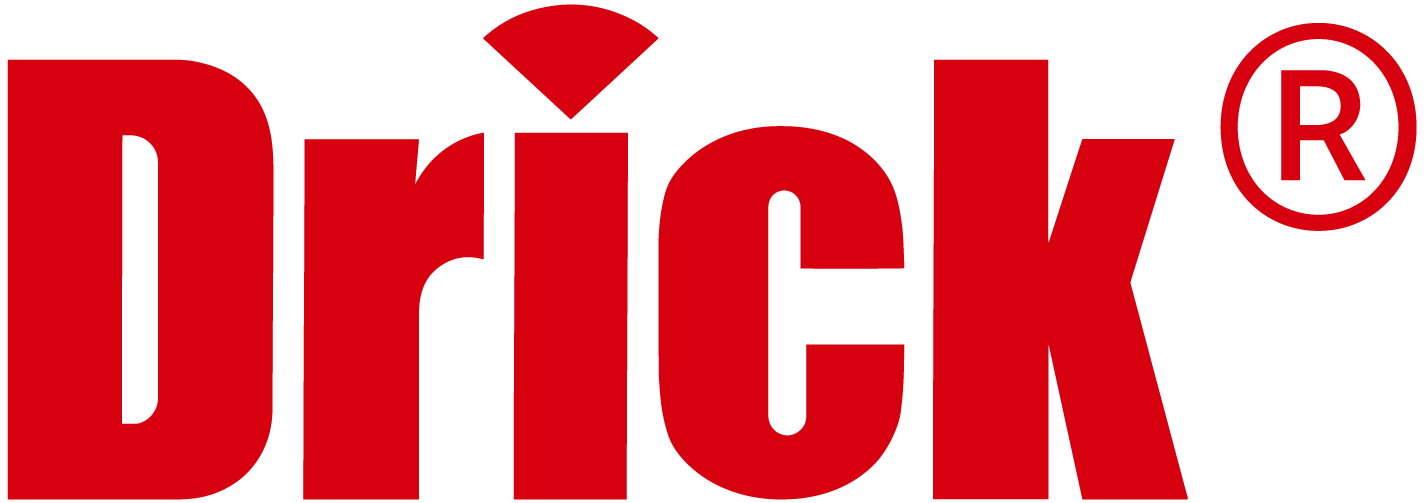DRK311-2 Infrared water vapor transmittance tester is used to test the water vapour transmission performance, water vapour transmission rate, transmission amount, transmission coefficient of plastic, textile, leather, metal and other materials, film, sheet, plate, container etc.

Infrared water vapor transmission rate tester has important applications in multiple fields. In the packaging industry, it is crucial for testing the packaging materials of products such as food, medicine, and electronic equipment. Food packaging needs to ensure a low water vapor transmission rate to prevent food from getting damp and deteriorating and extend its shelf life. Medicine packaging must strictly control water vapor penetration to ensure the stability of the drug’s efficacy. The detection of the water vapor barrier property of electronic equipment packaging materials can prevent the equipment from being damaged by moisture.
In the field of material research and development, during the research and development of materials such as plastics, rubbers, and textiles, this tester can evaluate the water vapor transmission performance of materials under different formulations or processes, helping to develop high-performance barrier materials, such as new waterproof and breathable fabrics and high-barrier plastic films.
In the aspect of building material testing, it is used to detect the water vapor permeability of wall insulation materials and waterproof materials, ensuring the moisture-proof and heat preservation performance of buildings, improving the quality and durability of buildings, and providing key data support for building energy conservation and waterproof design.
DRK311 – 2 operates based on the advanced technical principle of the wavelength-modulated laser infrared trace water sensor (TDLAS). During the test, nitrogen with a certain humidity flows on one side of the material, and dry nitrogen (carrier gas) with a fixed flow rate flows on the other side. The humidity difference between the two sides of the sample drives water vapor to permeate from the high humidity side to the low humidity side of the sample. The permeated water vapor is carried by the carrier gas to the infrared sensor. The sensor accurately measures the water vapor concentration in the carrier gas and then calculates key parameters such as the water vapor transmission rate, transmission amount, and transmission coefficient of the sample, providing a quantitative basis for evaluating the water vapor barrier performance of materials.
In terms of product characteristics, DRK311 – 2 has significant advantages. Its wavelength-modulated laser infrared micro-water sensor has an ultra-long range (20 meters) absorption ability and extremely high accuracy, which can sensitively capture slight changes in water vapor concentration and ensure the accuracy of test data. The unique attenuation auto-compensation function effectively avoids the cumbersome operation of regular recalibration, ensures long-term stable and non-decaying data, reduces equipment maintenance costs and time costs, and improves test efficiency. The humidity control range reaches 10% – 95% RH and 100% RH, is fully automated and free from fog interference, can simulate a variety of actual environmental humidity conditions, and meets the test requirements of different materials in different application scenarios. The temperature control adopts the semiconductor hot and cold two-way control technology with an accuracy of ± 0.1 °C, creating a stable and accurate temperature and humidity environment for the test and ensuring that the test results are not affected by environmental temperature fluctuations.
In terms of environmental adaptability, it can work stably in an indoor environment of 10 °C – 30 °C without special humidity control, has low use costs, and can be conveniently integrated into various laboratories and production workshops.
This tester complies with a series of domestic and foreign authoritative standards, including Water Vapor Transmission Rate Method in Chinese Pharmacopoeia (Part 4), YBB 00092003, GB/T 26253, ASTM F1249, ISO 15106 – 2, TAPPI T557, JIS K7129, etc. This ensures the universality and reliability of its test results. Whether it is the material testing in the fields of pharmaceutical packaging materials, food packaging films, textile fabrics, or electronic component protective layers, it can meet the corresponding industry specification requirements.
Post time:
Dec-26-2024





